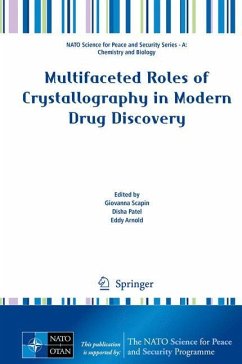Melanotransferrin is a transferrin homologue that is found predominantly bound to the cell membrane via a glycosyl phosphatidylinositol anchor. Melanotransferrin was originally identified at high levels in melanoma cells and other tumours, but at lower levels in normal tissues. Since its discovery, the function of MTf has remained intriguing, particularly regarding its role in cancer cell iron transport. Therefore, it was important to investigate the function of this molecule in order to clarify its role in biology. To define the roles of MTf, six models were developed during this investigation. These included: MTf knockout mouse; down-regulation of MTf expression in SK-Mel-28 and SK-Mel-2 melanoma cells; hyper-expression of MTf in SK-N-MC neuroepithelioma and LMTK fibroblasts cells; and a MTf transgenic mouse with MTf hyper-expression. These investigations clearly demonstrate no essential role for MTf in Fe metabolism both in vitro and in vivo. In addition, this study generates novel in vitro and in vivo models for further investigating MTf function. Significantly, the work presented has identified novel role(s) for MTf in cell proliferation, migration and melanoma tumourigenesis.
Bitte wählen Sie Ihr Anliegen aus.
Rechnungen
Retourenschein anfordern
Bestellstatus
Storno








